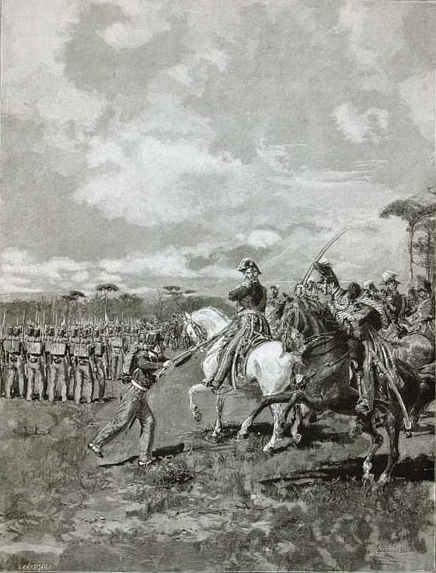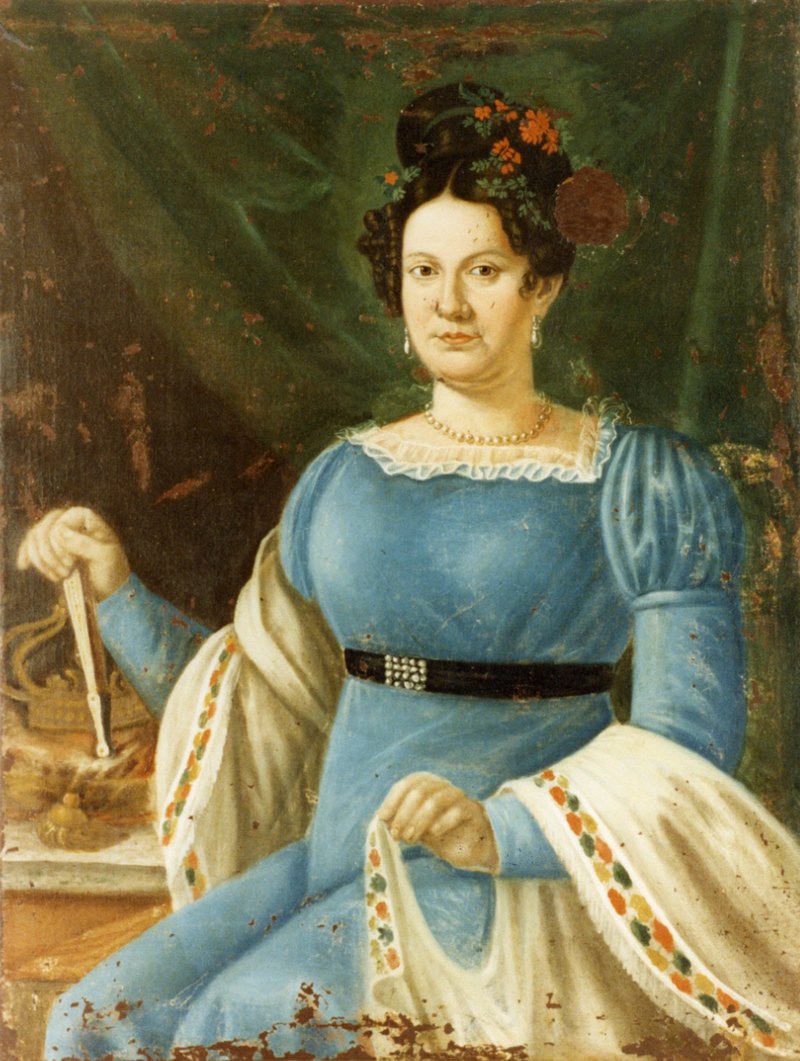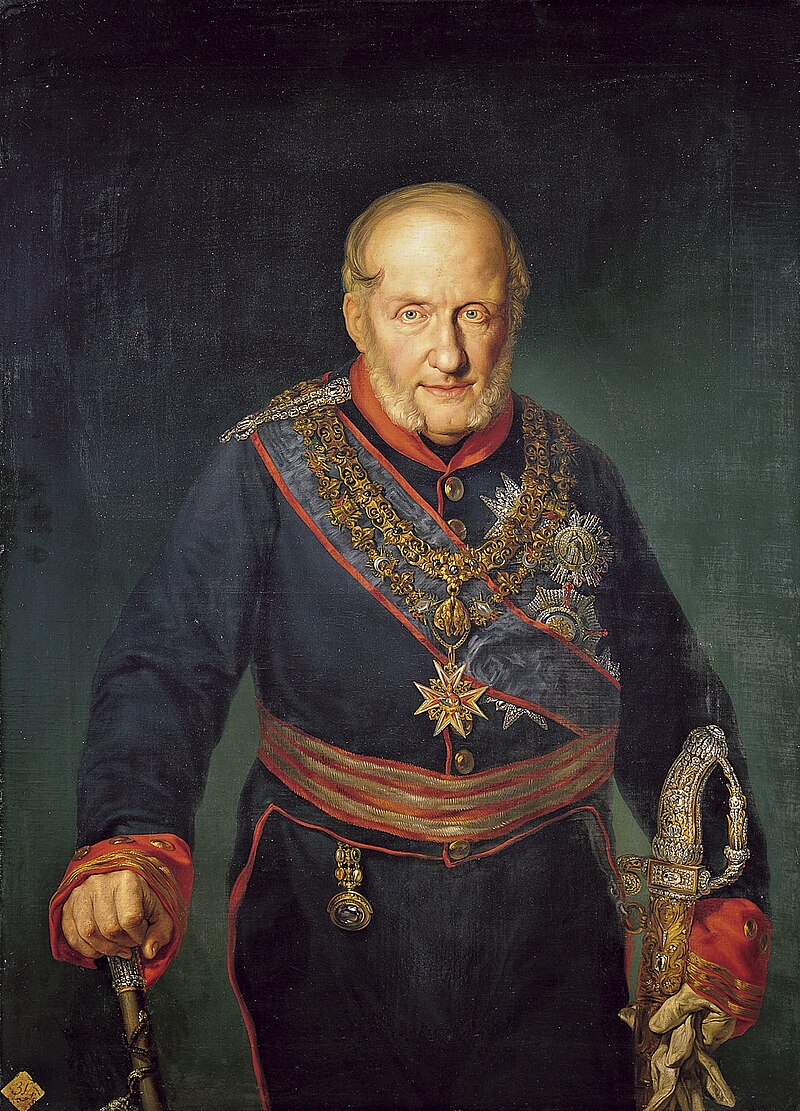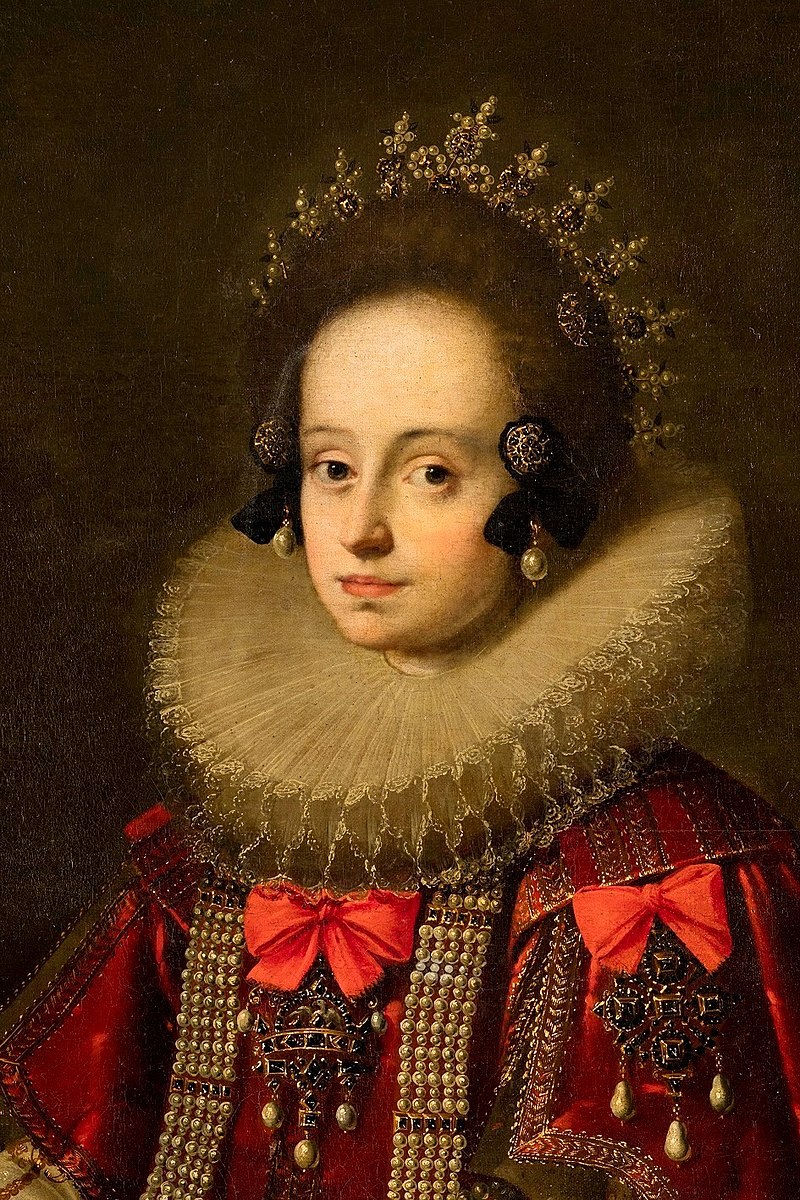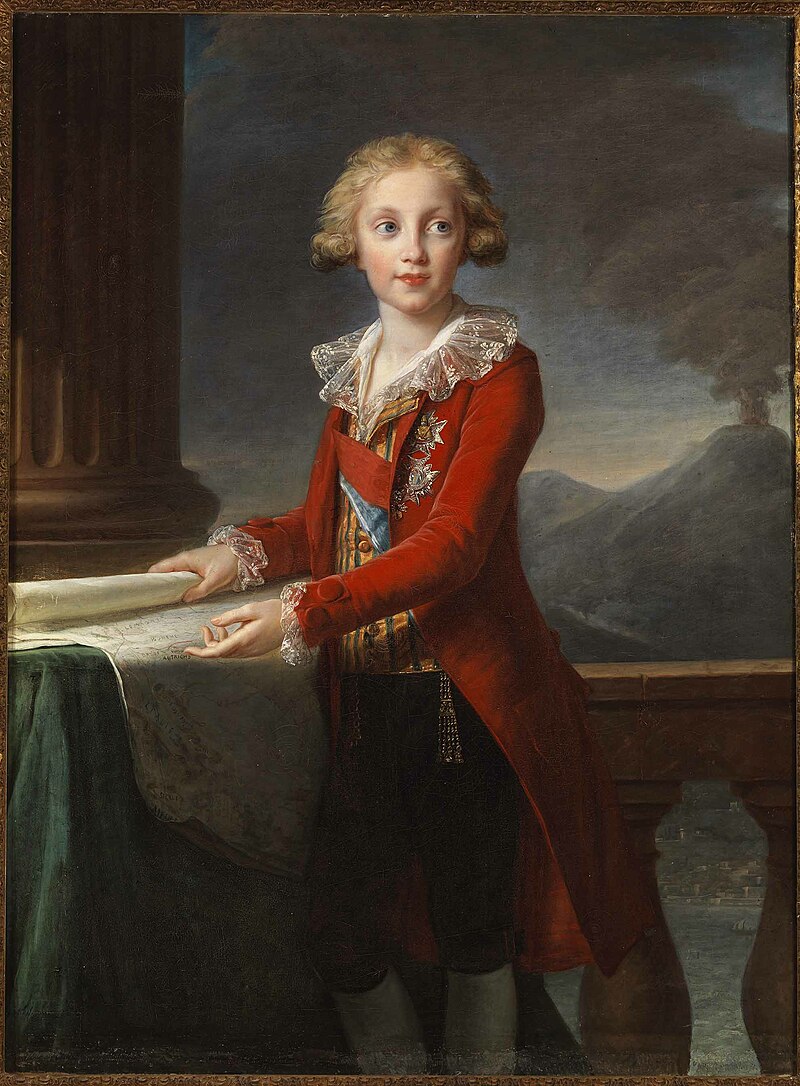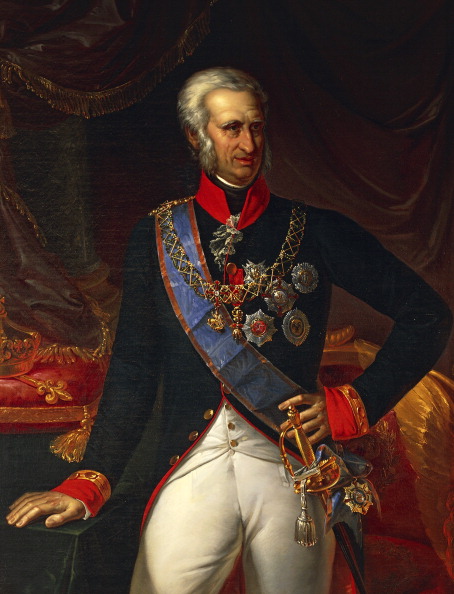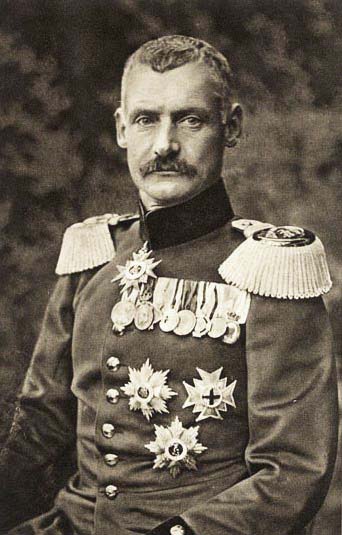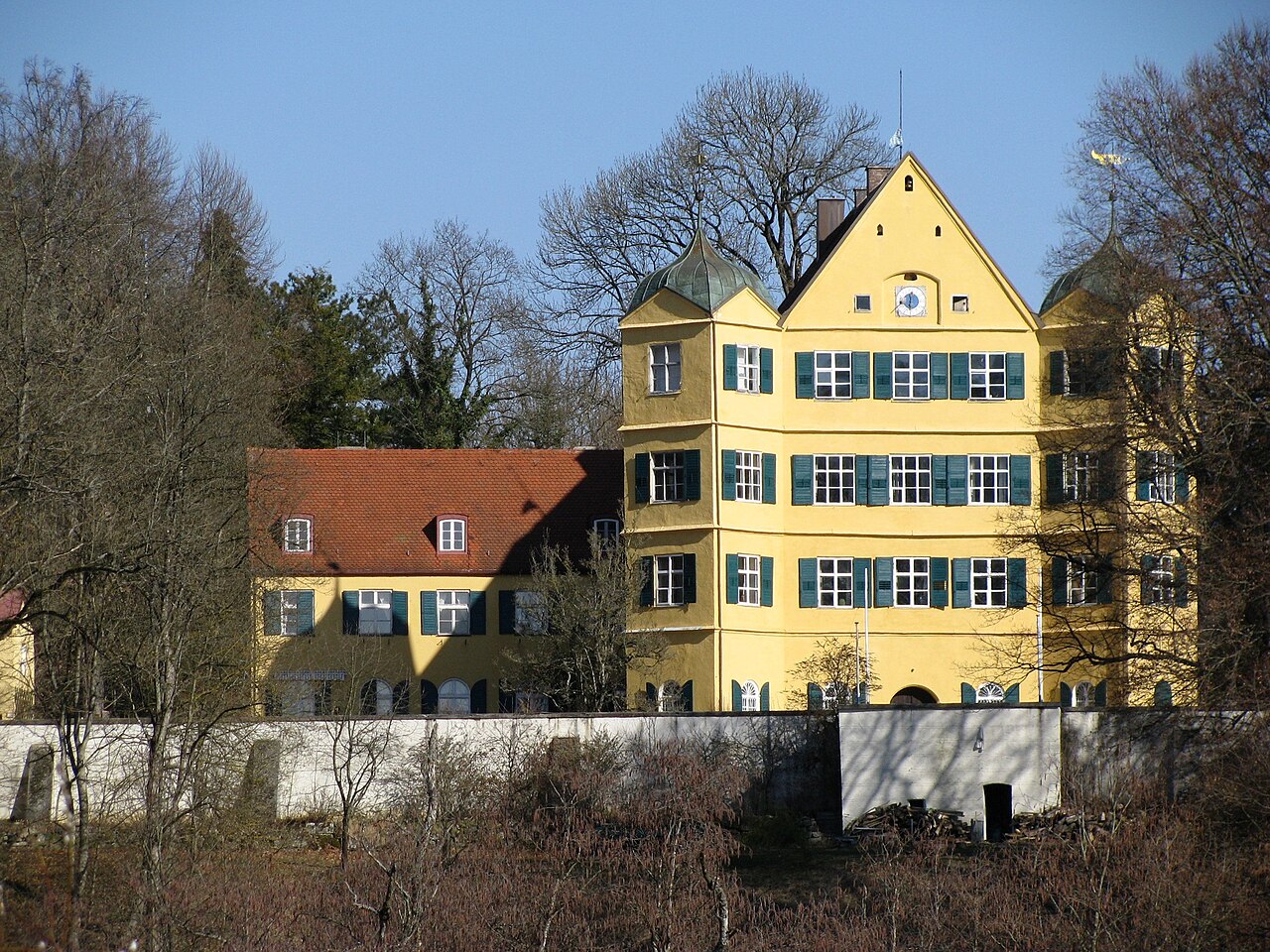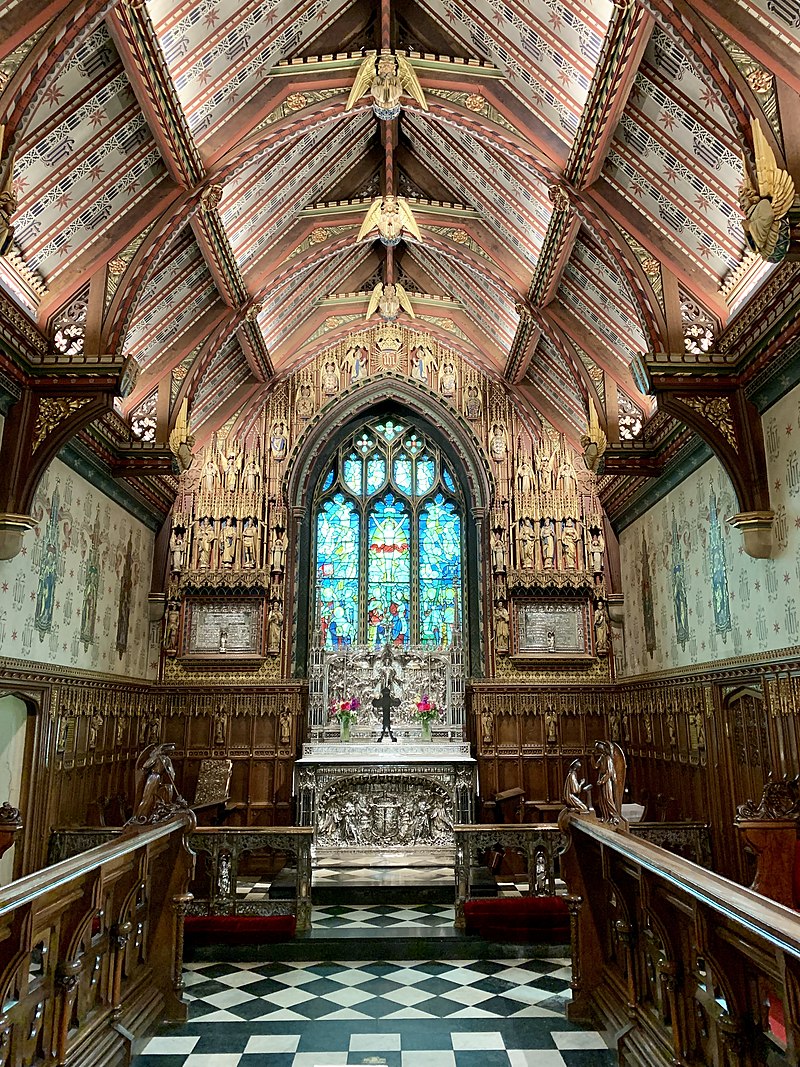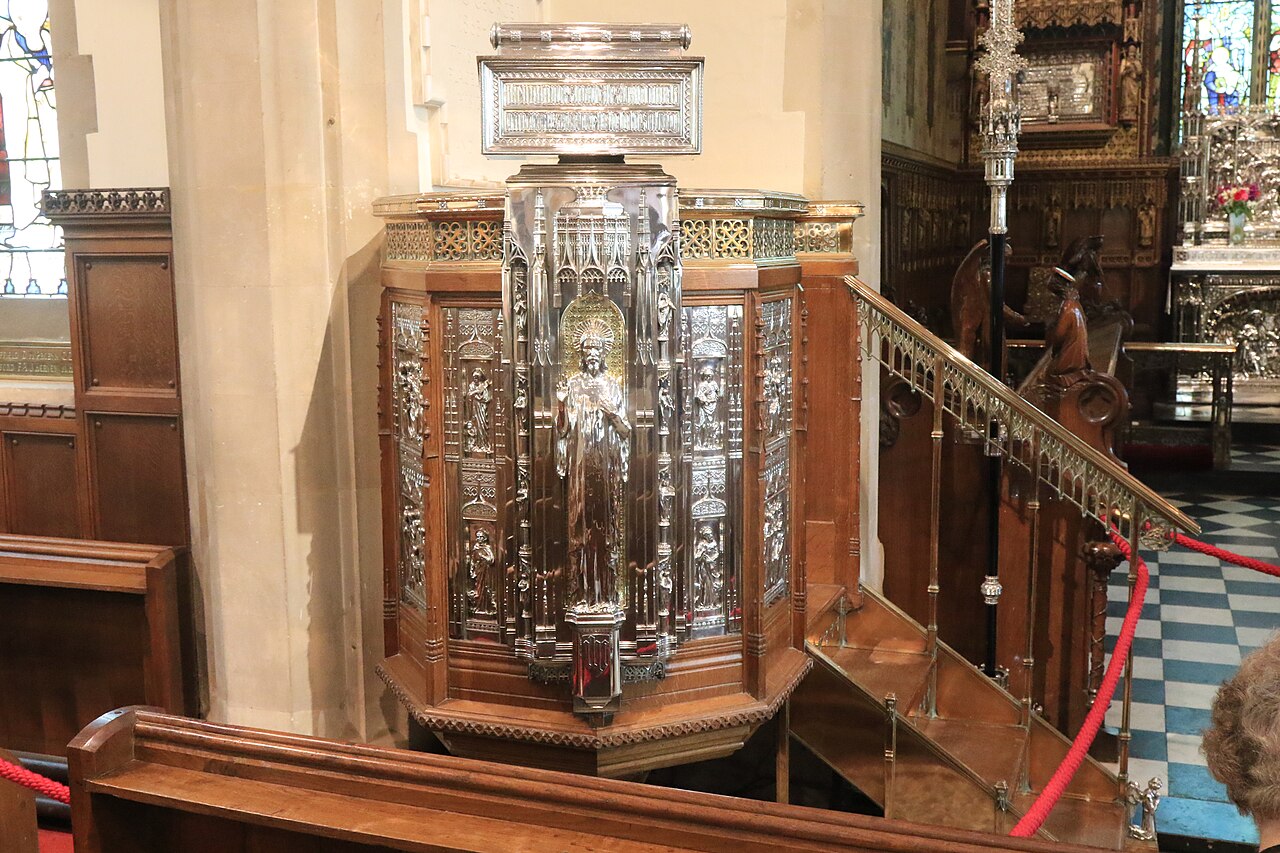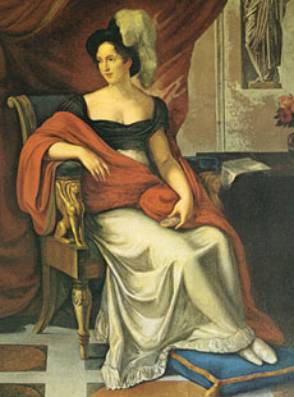by Susan Flantzer
© Unofficial Royalty 2021
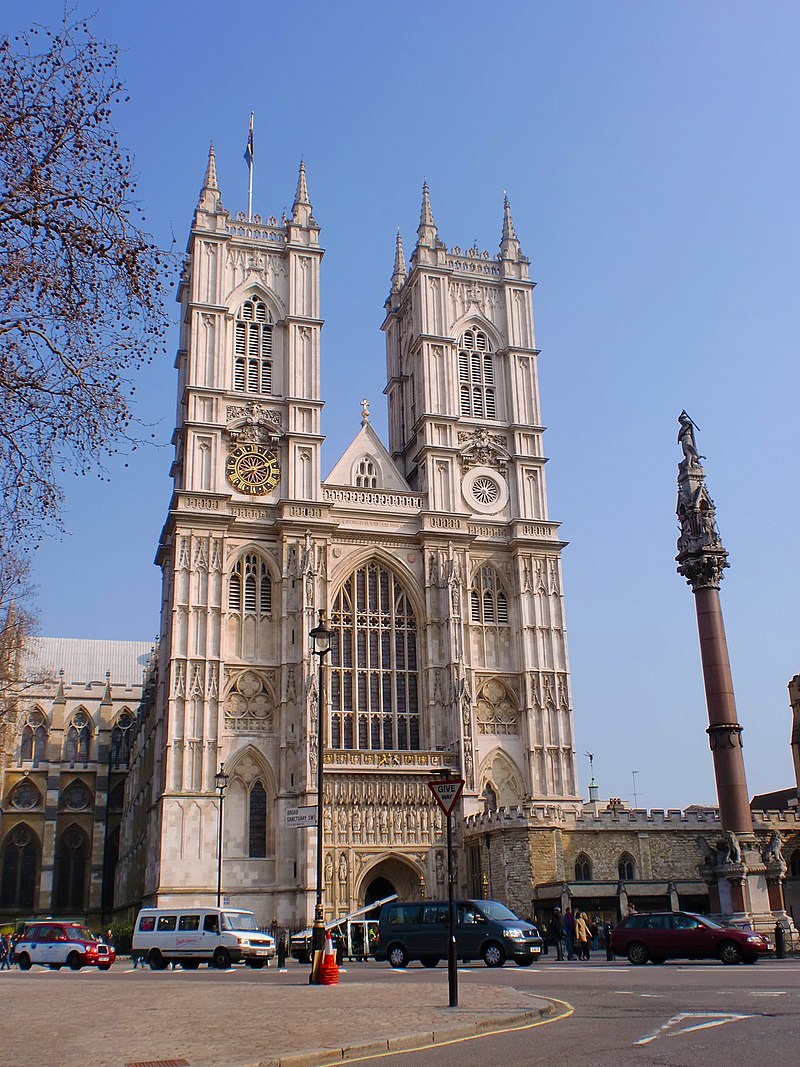
Westminster Abbey; Photo Credit – By Σπάρτακος – Own work, CC BY-SA 3.0, https://commons.wikimedia.org/w/index.php?curid=26334184
History of Westminster Abbey
First known as St. Peter’s Abbey, Westminster Abbey in London, England, which this writer has visited several times, was founded by Benedictine monks in 960 under the patronage of King Edgar the Peaceful (reigned 943 – 975) and St. Dunstan, Archbishop of Canterbury. In the 1040s, King Edward, better known as St. Edward the Confessor (reigned 1042 – 1066), built his royal palace nearby St. Peter’s Abbey on the banks of the River Thames on land known as Thorney Island. Later the medieval Palace of Westminster sat upon the site and today the Houses of Parliament (formal name is still Palace of Westminster) is there.

A scene from the Bayeux Tapestry showing the funeral procession of Edward the Confessor with the church Edward built on the left. This is the only contemporary depiction of Edward’s church; Credit – Wikipedia
Edward the Confessor began rebuilding St. Peter’s Abbey to provide himself with a royal burial church. This church became known as the “west minster” to distinguish it from (old) St. Paul’s Cathedral (the east minster) in the City of London. See Wikipedia: Minster. The new church was consecrated on December 28, 1065. Too ill to attend the consecration, Edward the Confessor died on January 5, 1066, and was buried before the high altar of his new church the day after his death.
In 1245, King Henry III started the construction of the second and present Westminster Abbey in the new Gothic style of architecture. The second church was designed to be not only a place of worship and a monastery but also a place for the coronation and burial of monarchs. This church was consecrated on October 13, 1269, and on that day, King Henry III oversaw a grand ceremony to rebury Edward the Confessor in a magnificent new shrine, personally helping to carry the body to its new resting place. Edward the Confessor’s shrine survives and around his shrine were interred five kings and four queens.
Shrine of Edward the Confessor
Each October 13 – 20, Westminster Abbey observes Edwardtide which celebrates the life of Saint Edward the Confessor. On October 13, National Pilgrimage Day, everyone is welcome, without a ticket, “to visit the Abbey with other pilgrims and experience its beauty and space in an atmosphere characterised by prayer. Everyone will be able to pray at the Shrine of St Edward – the only shrine in this country that still contains the body of the saint.” On October 13, 2018, this writer had the experience of attending the National Pilgrimage Day. The Chapel of Edward the Confessor is usually not open to tourists and it was awe-inspiring to see the shrine surrounded by the tombs of kings and queens. In the photo above of the shrine, notice the three openings at the bottom of the shrine. These are openings where pilgrims enter to kneel to pray. Imagine all the people over the centuries who have knelt there over the centuries.
King Henry VII, the first Tudor monarch, added a major addition to Westminster Abbey, the exquisitely beautiful chapel dedicated to the Blessed Virgin Mary known as the Henry VII Chapel or the Lady Chapel. The tomb of Henry VII and his wife Elizabeth of York is in the main part of the chapel. Around the perimeter are small chapels where other royals are interred, some in tombs and some in vaults below the chapels. Mary, Queen of Scots was exhumed from her original burial place in Peterborough Cathedral and re-interred in one of the chapels in 1612, during the reign of her son King James I. In 1867, the vault below her tomb was opened in an attempt to find the resting place of her son James I who was ultimately found to have been interred in the vault of his great-great-grandfather King Henry VII. However, all around the coffin of Mary, Queen of Scots were the coffins of over twenty of her descendants, including the small coffins of the many Stuart children who were stillborn, died in infancy, or died in childhood.
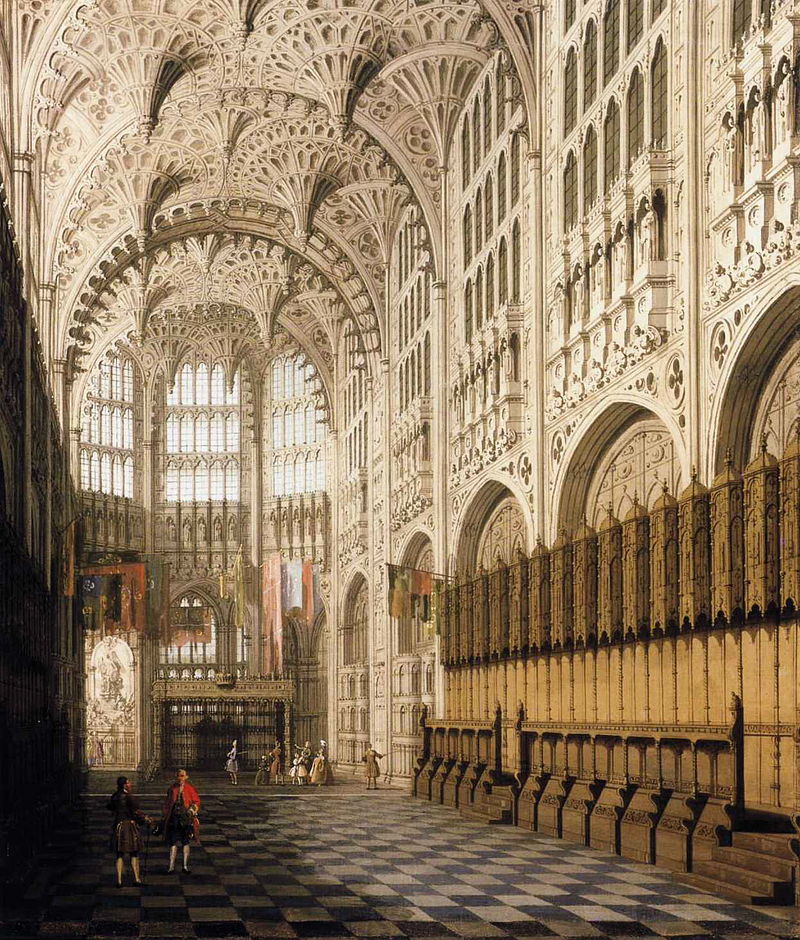
The Interior of the Henry VII Chapel in Westminster Abbey by Canaletto, early 1750s; Credit – Wikipedia
Under the central part of the Henry VII Chapel is the Hanover vault and it is here that the members of the House of Hanover were interred until the construction of the Royal Vault at St. George’s Chapel at Windsor Castle.

Statues of 20th-century martyrs above the Great West Door of Westminster Abbey. Those commemorated are Maximilian Kolbe, Manche Masemola, Janani Luwum, Grand Duchess Elizabeth of Russia, Martin Luther King, Óscar Romero, Dietrich Bonhoeffer, Esther John, Lucian Tapiedi, and Wang Zhiming; Credit – Wikipedia
A recent addition to Westminster Abbey are ten statues of modern martyrs, Christians who gave up their lives for their beliefs. The statues occupy ten niches over the Great West Door which had been empty since the Middle Ages. The statues were unveiled in 1998 at a service attended by Queen Elizabeth II. The martyrs are from all over the world and from many Christian denominations and represent all who have been oppressed or persecuted for their faith.

Grand Duchess Elizabeth Feodorovna in her nun’s habit; Credit – Wikipedia
One of the statues is Grand Duchess Elizabeth Feodorovna of Russia, wife of Grand Duke Sergei Alexandrovich of Russia. She was born Princess Elisabeth Hesse and by Rhine, a daughter of Princess Alice of the United Kingdom, a granddaughter of Queen Victoria of the United Kingdom, the sister of Empress Alexandra Feodorovna of Russia, and the great-aunt of Prince Philip, Duke of Edinburgh. In 1909, four years after her husband’s assassination, Ella, as she was called, sold all her jewelry and with the proceeds opened the Convent of Saints Martha and Mary and became its abbess. A hospital, pharmacy, and orphanage were opened on the convent’s grounds, and Ella and her Russian Orthodox nuns spent their time serving the poor of Moscow. On July 18, 1918, the day after the execution of Nicholas II, Emperor of All Russia, Ella’s sister Empress Alexandra Feodorovna, and their children, Ella along with five other Romanovs, a nun from Ella’s convent, and the secretary of one of the other Romanovs were executed by the Bolsheviks.
The altar
The monastery was dissolved during the Dissolution of the Monasteries in King Henry VIII’s reign. In 1539, Henry VIII then assumed direct royal control over the abbey and granted it the status of a cathedral. By granting the abbey cathedral status, Henry VIII had an excuse to spare it from destruction. Henry VIII’s Catholic daughter, Queen Mary I, gave the abbey back to the Benedictine monks but that ended during the reign of her half-sister, the Protestant Queen Elizabeth I. In 1560, Elizabeth I assumed royal control of the abbey as her father had done and declared that Westminster Abbey was a “Royal Peculiar” – a church of the Church of England responsible to the monarch rather than a bishop – and made it the Collegiate Church of St Peter. Today, Westminster Abbey remains a Royal Peculiar and its formal name remains the Collegiate Church of St Peter.
**********************
Coronations

The Coronation Chair (also called St. Edward’s Chair and King Edward’s Chair); Credit – Wikipedia
Westminster Abbey has been Britain’s coronation church since 1066. From King William I (the Conqueror) to King Charles III, all monarchs except for two have been crowned in Westminster Abbey. Twelve-year-old King Edward V was presumed murdered in the Tower of London before he could be crowned. King Edward VIII abdicated eleven months after succeeding his father, before his scheduled coronation date.
- December 25, 1066 – King William I, crowned by Ealdred, Archbishop of York
- September 26, 1087 – King William II Rufus, crowned by Lanfranc, Archbishop of Canterbury
- August 5, 1100 – King Henry I, crowned by Maurice, Bishop of London
- December 26, 1135 – King Stephen, crowned by William de Corbeil, Archbishop of Canterbury
- December 19, 1154 – King Henry II, crowned by Theobald of Bec, Archbishop of Canterbury
- September 3, 1189 – King Richard I, crowned by Baldwin of Exeter, Archbishop of Canterbury
- May 27, 1199 – King John, crowned by Hubert Walter, Archbishop of Canterbury
- May 17, 1220 – King Henry III, crowned by Stephen Langton, Archbishop of Canterbury
- August 19, 1274 – King Edward I, crowned by Robert Kilwardby, Archbishop of Canterbury
- February 25, 1308 – King Edward II, crowned by Henry Woodlock, Bishop of Winchester
- February 1, 1327 – King Edward III, crowned by Walter Reynolds, Archbishop of Canterbury
- July 16, 1377 – King Richard II, crowned by Simon Sudbury, Archbishop of Canterbury
- October 13, 1399 – King Henry IV, crowned by Thomas Arundel, Archbishop of Canterbury
- April 9, 1413 – King Henry V, crowned by Thomas Arundel, Archbishop of Canterbury
- November 6, 1429 – King Henry VI, crowned by Henry Beaufort, Bishop of Winchester
- June 28, 1461 – King Edward IV, crowned by Thomas Bourchier, Archbishop of Canterbury
- July 16, 1483 – King Richard III, crowned by Thomas Bourchier, Archbishop of Canterbury
- October 30, 1485 – King Henry VII, crowned by Thomas Bourchier, Archbishop of Canterbury
- April 21, 1509 – King Henry VIII, crowned by William Warham, Archbishop of Canterbury
- February 20, 1547 – King Edward VI, crowned by Thomas Cranmer, Archbishop of Canterbury
- October 1, 1553 – Queen Mary I, crowned by Stephen Gardiner, Bishop of Winchester
- January 15, 1559 – Queen Elizabeth I, crowned by Owen Oglethorpe, Bishop of Carlisle
- July 25, 1603 – King James I, crowned by John Whitgift, Archbishop of Canterbury
- February 2, 1626 – King Charles I, crowned by George Abbot, Archbishop of Canterbury
- April 23, 1661 – King Charles II, crowned by William Juxon, Archbishop of Canterbury
- April 23, 1685 – King James II, crowned by William Sancroft, Archbishop of Canterbury
- April 11, 1689 – King William III and Queen Mary II (reigned jointly), crowned by Henry Compton, Bishop of London
- April 23, 1702 – Queen Anne, crowned by Thomas Tenison, Archbishop of Canterbury
- October 20, 1714 – King George I, crowned by Thomas Tenison, Archbishop of Canterbury
- October 11, 1727 – King George II, crowned by William Wake, Archbishop of Canterbury
- September 22, 1761 – King George III, crowned by Thomas Secker, Archbishop of Canterbury
- July 19, 1821 – King George IV, crowned by Charles Manners-Sutton, Archbishop of Canterbury
- September 8, 1831 – King William IV, crowned by William Howley, Archbishop of Canterbury
- June 28, 1838 – Queen Victoria, crowned by William Howley, Archbishop of Canterbury
- August 9, 1902 – King Edward VII, crowned Frederick Temple, Archbishop of Canterbury
- June 22, 1911 – King George V, crowned by Randall Davidson, Archbishop of Canterbury (Unofficial Royalty: Coronation of King George V and Queen Mary)
- May 12, 1937 – King George VI, crowned by Cosmo Lang, Archbishop of Canterbury (Unofficial Royalty: Coronation of King George VI and Queen Elizabeth)
- June 2, 1953 – Queen Elizabeth II, crowned by Geoffrey Fisher, Archbishop of Canterbury (Unofficial Royalty: Coronation of Queen Elizabeth II)
- May 6, 2023 – King Charles III, crowned by Justin Welby, Archbishop of Canterbury (Unofficial Royalty: Coronation of King Charles III and Queen Camilla)
********************
Royal Funerals
The coffin of Queen Elizabeth The Queen Mother is carried into Westminster Abbey
We can assume that those royals buried at Westminster Abbey had a funeral there or, at the very least, a burial service. However, since the reign of the House of Hanover, St. George’s Chapel at Windsor Castle has become the usual place for funerals of the British royal family. The past eight British monarchs – King George III, King George IV, King William IV, Queen Victoria, King Edward VII, King George V, King Edward VIII (as Duke of Windsor), and King George VI – had funerals at St. George’s Chapel. Except for the Duke of Windsor, the former King Edward VIII who had a private funeral, the other seven funerals were state funerals. Most members of the British royal family have private funerals at St, George’s Chapel. The funeral of Queen Elizabeth II on September 19, 2022, was the first funeral of a British monarch held at Westminster Abbey since the funeral of King George II on November 13, 1760.
Since 1904, there have been only six funerals of members of the royal family at Westminster Abbey. Five of the funerals were ceremonial funerals and none of the six were buried at Westminster Abbey. Ceremonial funerals, including those of senior members of the royal family and high-ranking public figures, may share many of the characteristics of a state funeral but the term ceremonial funeral is used. A state funeral is usually reserved for the monarch, although people of great achievement, exceptional military leaders, and outstanding statesmen have had state funerals. Sir Winston Churchill‘s funeral at St. Paul’s Cathedral in London in 1965 was a state funeral. On September 19, 2022, a state funeral for Queen Elizabeth II was held at Westminster Abbey.
Below are the funerals of members of the royal family at Westminster Abbey since 1904:
- March 22, 1904 – Funeral of Prince George, Duke of Cambridge (1819 – 1904)
- son of Prince Adolphus, Duke of Cambridge and Princess Augusta of Hesse-Kassel
- male-line grandson of King George III
- first cousin of Queen Victoria
- served as Commander-in-Chief of the Forces (military head of the British Army)
- buried at Kensal Green Cemetery in London, England
- September 22, 1921 – Funeral of Louis Mountbatten, 1st Marquess of Milford Haven (1854 – 1921)
- born Prince Louis of Battenberg
- son of Prince Alexander of Hesse and by Rhine and his morganatic wife Countess Julia von Hauke
- husband of Princess Victoria of Hesse and by Rhine, a granddaughter of Queen Victoria
- grandfather of Prince Philip, Duke of Edinburgh
- served in the Royal Navy as Admiral of the Fleet and First Sea Lord
- buried at St. Mildred’s Church in Whippingham, Isle of Wight, England
- September 5, 1979 – Funeral of Louis Mountbatten, 1st Earl Mountbatten of Burma (1900 – 1979)
- born Prince Louis of Battenberg
- son of Louis Mountbatten, 1st Marquess of Milford Haven and Princess Victoria of Hesse and by Rhine
- great-grandson of Queen Victoria
- uncle of Prince Philip, Duke of Edinburgh
- Chief of the Defence Staff
- First Sea Lord
- Viceroy and Governor-General of India
- killed when his boat was blown up by the Provisional Irish Republican Army on Donegal Bay, in County Sligo, Ireland
- buried at Romsey Abbey in Romsey, Hampshire, England
- September 6, 1997 – Funeral of Diana, Princess of Wales (1961 – 1997)
- born The Honourable Diana Spencer, later Lady Diana Spencer
- daughter of Edward John Spencer, 8th Earl Spencer and The Honourable Frances Shand Kydd
- first wife of Prince Charles, Prince of Wales, later King Charles III
- mother of Prince William, Prince of Wales and Prince Harry, Duke of Sussex
- died from injuries received in a car accident in the Pont de l’Alma Tunnel in Paris, France
- buried at Althorp, the Spencer family home, on an island in the center of a lake on the grounds
- April 9, 2002 – Funeral of Queen Elizabeth The Queen Mother ( 1900 – 2002)
- born The Honourable Elizabeth Bowes-Lyon, later Lady Elizabeth Bowes-Lyon
- daughter of Claude Bowes-Lyon, 14th Earl of Strathmore and Kinghorne and Cecilia Cavendish-Bentinck
- wife of King George VI of the United Kingdom
- mother of Queen Elizabeth II of the United Kingdom and Princess Margaret, Countess of Snowdon
- buried in King George VI Memorial Chapel at St. George’s Chapel, Windsor Castle in Windsor, England
- September 19, 2022 – Funeral of Queen Elizabeth II of the United Kingdom (1926 – 2022)
On March 29, 2022, a Service of Thanksgiving for Prince Philip, Duke of Edinburgh was held at Westminster Abbey. Prince Philip, Duke of Edinburgh died at Windsor Castle in Windsor, England on April 9, 2021, at the age of 99, just two months short of his 100th birthday. The funeral of Prince Philip, Duke of Edinburgh took place on Saturday, April 17, 2021, at St. George’s Chapel, Windsor Castle in Windsor England. The Thanksgiving Service was organized because due to COVID-19 restrictions, there could be only 30 guests at the funeral. For more information, see Unofficial Royalty: Service of Thanksgiving for Prince Philip, Duke of Edinburgh.
**********************
Royal Burials

King Henry III’s tomb in the Chapel of St. Edward the Confessor; Credit – Westminster Abbey Facebook page
There have been over 3,300 burials at Westminster Abbey and there are over 600 monuments and wall tablets. One of the United Kingdom’s most significant honors is to be buried or commemorated in Westminster Abbey. Musicians, poets, generals, admirals, politicians, doctors, and scientists were given the honor over the years. On June 15, 2018, the ashes of the theoretical physicist, cosmologist, and author Stephen Hawking were interred in Westminster Abbey’s nave, alongside the graves of Sir Isaac Newton and Charles Darwin. See Wikipedia: Burials and memorials in Westminster Abbey for information on other people interred and commemorated in Westminster Abbey.

Westminster Abbey Tomb Map; Credit – https://www.gutenberg.org
Thirty kings and queens are buried at Westminster Abbey, starting with King Edward the Confessor whose magnificent shrine stands just behind the High Altar. Five kings and four queens lie buried in his Chapel. Many royal children, especially those who died in childhood, were buried in the vaults at Westminster Abbey. By the time of King George II’s death in 1760, the royal burial vaults at Westminster Abbey were quite crowded. His successor, his grandson King George III, decided to build a new royal vault at St. George’s Chapel at Windsor Castle. Since the reign of King George III, royal burials, with a few exceptions, have been at St. George’s Chapel or the Royal Burial Ground and Mausoleums at Frogmore, near Windsor Castle. The last monarch buried in Westminster Abbey was King George II in 1760. The last royal burial in Westminster Abbey was that of Prince Henry, Duke of Cumberland, son of Frederick, Prince of Wales and brother of King George III, in 1790.
- 1066 – St. Edward the Confessor, King of England: first buried before the high altar in the first Westminster Abbey, in 1269 after the rebuilding of the second Westminster Abbey, his remains were placed in a shrine
- 1075 – Edith of Wessex, Queen of England, wife of Edward the Confessor, King of England: buried on the left side of her husband’s shrine
- 1118 – Matilda of Scotland, Queen of England, first wife of King Henry I: first buried at the entrance of the Chapter House, reburied by King Henry III south of Edward the Confessor’s shrine
- 1257 – Katherine, daughter of King Henry III: died in early childhood, buried in the ambulatory between the chapels of Edward the Confessor and St. Benedict
- 1264 – Katherine, daughter of King Edward I: died in infancy
- 1265 – Joanna, daughter of King Edward I: died in infancy
- 1271 – John, son of King Edward I: died in early childhood: buried in the ambulatory between the chapels of Edward the Confessor and St. Benedict
- 1272 – King Henry III of England: first placed in a grave near the high altar that had originally contained the coffin of Edward the Confessor, transferred in 1290 to a tomb north of Edward the Confessor’s shrine
- 1274 – Henry, son of King Edward I: died in childhood, buried in the ambulatory between the chapels of Edward the Confessor and St. Benedict
- 1277/1278 – Berengaria, daughter of King Edward I: died in early childhood
- 1284 – Alphonso, Earl of Chester, Edward I’s eldest surviving son at the time of his death: died in childhood, buried in the ambulatory between the chapels of Edward the Confessor and St. Benedict
- 1290 – Eleanor of Castile, Queen of England, wife of King Edward I, first placed in a grave near the high altar that had originally contained the coffin of Edward the Confessor, later transferred to her own tomb
- 1296 – Edmund Crouchback, Earl of Lancaster, son of King Henry III: buried in the Edward the Confessor Chapel
- 1298 – Eleanor, Countess of Bar, daughter of King Edward I: buried in the ambulatory between the chapels of Edward the Confessor and St. Benedict
- 1307 – King Edward I of England: buried in a tomb in the northwest corner of Edward the Confessor’s Chapel
- 1331 (buried) – Edmund of Woodstock, 1st Earl of Kent, son of King Edward I: died 1330
- 1336 – John of Eltham, Earl of Cornwall, son of King Edward II: buried in an alabaster-carved tomb
- 1342 – Blanche of the Tower, daughter of King Edward III: died shortly after birth, buried in St. Edmund’s Chapel
- 1348 – William of Windsor, son of King Edward III: died in infancy, buried in St. Edmund’s Chapel
- 1370 (buried) – Philippa of Hainault, Queen of England, wife of King Edward III: died 1369, buried in a tomb on the northeast side of Edward the Confessor’s Chapel
- 1377 – King Edward III of England: buried in a tomb south of Edward the Confessor’s shrine.
- 1394 – Anne of Bohemia, Queen of England, first wife of King Richard II: buried in a double tomb next to the tomb of Richard’s grandfather King Edward III
- 1397 – Thomas of Woodstock, Duke of Gloucester, son of King Edward III: buried in the Edward the Confessor Chapel
- 1413 (buried) – King Richard II of England, died 1400, first buried at Kings Langley Church, moved by King Henry V to the double tomb next to the tomb of Richard’s grandfather King Edward III where Anne of Bohemia was previously buried.
- 1422 – King Henry V of England: buried in a tomb at the eastern end of Edward the Confessor’s Chapel.
- 1437 – Catherine of Valois, Queen of England, wife of King Henry V: originally buried in the Lady Chapel, during renovations in the reign of King Henry VII, Catherine’s tomb was destroyed and her remains were placed in a wooden coffin which was placed alongside the tomb of her first husband King Henry V, in 1778, her remains were buried in the Villiers Vault in the St. Nicholas Chapel
- 1472 – Margaret of York, daughter of King Edward IV: died in infancy, her coffin was originally placed to fit in the steps of Edward the Confessor Chapel but it was moved to the edge of the chapel at the time of the Dissolution of the Monasteries.
- 1485 – Anne Neville, Queen of England: buried in an unmarked grave to the right of the High Altar, next to the door to Edward the Confessor’s Chapel
- 1495 – Elizabeth Tudor, daughter of King Henry VII: died in early childhood, buried in a tomb on the north side of the Edward the Confessor Chapel
- 1503 – Elizabeth of York, Queen of England, daughter of King Edward IV and wife of King Henry VII: buried with her husband in a magnificent tomb in the Henry VII Chapel
- 1509 – King Henry VII of England: buried with his wife in a magnificent tomb in the Henry VII Chapel
- 1509 – Margaret Beaufort, Countess of Richmond and Derby, mother of King Henry VII: buried in a tomb in the Henry VII Chapel situated between the later graves of William III and Mary II and the tomb of Mary, Queen of Scots.
- 1511 – Henry, Duke of Cornwall, son of King Henry VIII: died in infancy
- 1553 – King Edward VI of England: buried in a tomb in the Henry VII Chapel
- 1557 – Anne of Cleves, Queen of England, fourth wife of King Henry VIII: buried in a plain marble tomb on the south side of the altar
- 1558 – Queen Mary I of England: buried in a vault in the Henry VII Chapel she would eventually share with her Protestant half-sister and successor Queen Elizabeth I, the tomb erected above only has Elizabeth’s effigy
- 1559 – Frances Grey, Duchess of Suffolk, daughter of Mary Tudor and granddaughter of King Henry VII: buried in a tomb in St. Edmund’s Chapel
- 1578 – Margaret Douglas, Countess of Lennox, daughter of Margaret Tudor and granddaughter of King Henry VII, buried in a tomb in the Henry VII Chapel
- 1578 – Lady Mary Grey, daughter of Frances Grey, Duchess of Suffolk and granddaughter of Mary Tudor: buried in the tomb of her mother Frances Grey, Duchess of Suffolk, her grave is unmarked
- 1603 – Queen Elizabeth I of England: buried in a vault in the Henry VII Chapel that she shares with her Catholic half-sister Queen Mary I, the tomb erected above only has Elizabeth’s effigy
- 1606 – Sophia Stuart, daughter of King James I: died 48 hours after birth, buried in a monument that resembles a cradle near the tomb of Queen Elizabeth I in the Henry VII Chapel
- 1607 – Mary Stuart, daughter of King James I: died in early childhood, buried in a tomb opposite her sister Sophia’s tomb near the tomb of Queen Elizabeth I in the Henry VII’s Chapel
- 1612 (buried) Mary, Queen of Scots: died 1587, originally buried at Peterborough Cathedral, in 1612, Mary’s remains were exhumed upon the orders of her son King James I and were reburied in a marble tomb with a beautiful effigy directly across the aisle from the chapel containing the tomb of Queen Elizabeth I.
- 1612 – Henry Frederick, Prince of Wales, son of King James I: died at age 18, buried in a vault under the monument to Mary, Queen of Scots in the south aisle of the Henry VII Chapel
- 1615 – Lady Arbella Stuart, great-granddaughter of Margaret Tudor: buried in a vault under the monument to Mary, Queen of Scots in the south aisle of the Henry VII Chapel
- 1619 – Anne of Denmark, Queen of England, wife of King James I: buried in the vault of the Dukes of Buckinghamshire in the Henry VII Chapel
- 1625 – King James I of England: buried in the vault with King Henry VII and Elizabeth of York, his great-great-grandparents
- 1629 – Charles James Stuart, Duke of Cornwall and Rothesay, firstborn of King Charles I: born and died the same day
- 1640 – Princess Anne, daughter of King Charles I: died in early childhood, buried next to her brother Charles James
- 1660 – Henry Stuart, Duke of Gloucester, son of King Charles I: buried in a vault under the monument of Mary, Queen of Scots in the south aisle of the Henry VII Chapel
- 1660 – Mary, Princess Royal, Princess of Orange, daughter of King Charles I, mother of King William III: buried in a vault under the monument to Mary, Queen of Scots in the south aisle of the Henry VII Chapel
- 1661 – Charles Stuart, Duke of Cambridge, son of King James II: died in infancy, buried in a vault under the monument to Mary, Queen of Scots in the south aisle of the Henry VII Chapel
- 1662 – Elizabeth Stuart, Electress Palatine, Queen of Bohemia, daughter of King James I: buried in a vault under the monument to Mary, Queen of Scots in the south aisle of the Henry VII Chapel
- 1667 – James Stuart, Duke of Cambridge, son of King James II: died in early childhood, buried in a vault under the monument to Mary, Queen of Scots in the south aisle of the Henry VII Chapel
- 1667 – Charles Stuart, Duke of Kendal, son of King James II: died in infancy, buried in a vault under the monument to Mary, Queen of Scots in the south aisle of the Henry VII Chapel
- 1669 – Henrietta Stuart, daughter of King James II: died in infancy, buried in a vault under the monument to Mary, Queen of Scots in the south aisle of the Henry VII Chapel
- 1671 – Anne Hyde, Duchess of York, first wife of King James I: buried in a vault under the monument to Mary, Queen of Scots in the south aisle of the Henry VII Chapel
- 1671 – Edgar Stuart, Duke of Cambridge, son of King James II: died in early childhood, buried in a vault under the monument to Mary, Queen of Scots in the south aisle of the Henry VII Chapel
- 1671 – Catherine Stuart, daughter of King James II: died in infancy, buried in a vault under the monument to Mary, Queen of Scots in the south aisle of the Henry VII Chapel
- 1675 – Catherine Laura Stuart, daughter of King James II: died in infancy, buried in a vault under the monument to Mary, Queen of Scots in the south aisle of the Henry VII Chapel
- 1677 – Charles, Duke of Cambridge, son of King James II: died in infancy, buried in a vault under the monument to Mary, Queen of Scots in the south aisle of the Henry VII Chapel
- 1678 – Elizabeth Stuart, daughter of King James II: died in infancy
- 1681 – Isabella Stuart, daughter of King James II: died in early childhood, buried in a vault under the monument to Mary, Queen of Scots in the south aisle of the Henry VII Chapel
- 1681 (buried) Charles FitzCharles, 1st Earl of Plymouth, an illegitimate son of King Charles II: died 1680, buried in what is now the Royal Air Force Memorial Chapel
- 1682 – Prince Rupert of the Rhine, Duke of Cumberland, nephew of King Charles I and cousin of King Charles II and King James II: buried in a vault under the monument to Mary, Queen of Scots in the south aisle of the Henry VII Chapel
- 1682 – Charlotte Maria, daughter of King James II: died in infancy
- 1684 – Charlotte FitzRoy, Countess of Yarmouth, illegitimate daughter of King Charles II
- 1684: Stillborn daughter of Queen Anne
- 1685 – King Charles II of England: buried in a vault under the monument to George Monck, Duke of Albemarle in the Henry VII Chapel
- 1686 – James Darnley, an illegitimate son of King James II: died in infancy, buried in a vault under the monument to Mary, Queen of Scots in the south aisle of the Henry VII Chapel
- 1687 – Mary, daughter of Queen Anne: died in early childhood from smallpox, buried in a vault under the monument to Mary, Queen of Scots in the south aisle of the Henry VII Chapel
- 1687 – Anne Sophia, daughter of Queen Anne: died in infancy from smallpox, buried in a vault under the monument to Mary, Queen of Scots in the south aisle of the Henry VII Chapel
- 1687 – Stillborn son of Queen Anne
- 1690 – Mary, daughter of Queen Anne: premature, lived only two hours, buried in a vault under the monument to Mary, Queen of Scots in the south aisle of the Henry VII Chapel
- 1692 – George, son of Queen Anne: lived only a few minutes, buried in a vault under the monument to Mary, Queen of Scots in the south aisle of the Henry VII Chapel
- 1693 – Stillborn daughter of Queen Anne
- 1694 – Queen Mary II of England: buried in a vault under the monument to George Monck, Duke of Albemarle in the Henry VII Chapel
- 1700 – Stillborn son of Queen Anne
- 1700 – Prince William, Duke of Gloucester, only surviving child of Queen Anne: died at age 11, buried in a vault under the monument to Mary, Queen of Scots in the south aisle of the Henry VII Chapel
- 1702 – King William III of England: buried in a vault under the monument to George Monck, Duke of Albemarle in the Henry VII Chapel
- 1708 – Prince George of Denmark, Duke of Cumberland, husband of Queen Anne: buried in a vault under the monument to George Monck, Duke of Albemarle in the Henry VII Chapel
- 1714 – Queen Anne of Great Britain: buried in a vault under the monument to George Monck, Duke of Albemarle in the Henry VII Chapel
- 1718 – Prince George William of Great Britain, son of King George II: died in infancy, buried in the Hanover vault under the central part of the Henry VII Chapel
- 1723 – Charles Lenox, 1st Duke of Richmond, an illegitimate son of King Charles II: buried in the vault of Esme Stuart, Duke of Richmond in the Henry VII Chapel
- 1726 – Charles Beauclerk, 1st Duke of St Albans, an illegitimate son of King Charles II
- 1730 – Charles FitzRoy, 2nd Duke of Cleveland, an illegitimate son of King Charles II: buried in the Duke of Ormond’s Vault
- 1737 – Caroline of Ansbach, Queen of Great Britain, wife of King George II: buried in the Hanover vault under the central part of the Henry VII Chapel
- 1743 – Lady Catherine Darnley, Duchess of Buckingham, an illegitimate daughter of King James II: buried in the vault of the Dukes of Buckingham in the Henry VII Chapel
- 1751 – Frederick, Prince of Wales, son of King George II and father of King George III: buried in the Hanover vault under the central part of the Henry VII Chapel
- 1757 – Princess Caroline of Great Britain, daughter of King George II: buried in the Hanover vault under the central part of the Henry VII Chapel
- 1759 – Princess Elizabeth of Great Britain, daughter of Frederick, Prince of Wales: died at age 18, buried in the Hanover vault under the central part of the Henry VII Chapel
- 1760 – King George II of Great Britain: buried in the Hanover vault under the central part of the Henry VII Chapel
- 1765 – Prince Frederick of Great Britain, son of Frederick, Prince of Wales: died at age 15, buried in the Hanover vault under the central part of the Henry VII Chapel
- 1765 – Prince William, Duke of Cumberland, son of King George II: buried in the Hanover vault under the central part of the Henry VII Chapel
- 1767 – Prince Edward, Duke of York and Albany, son of Frederick, Prince of Wales: buried in the Hanover vault under the central part of the Henry VII Chapel
- 1768 – Princess Louisa of Great Britain, daughter of Frederick, Prince of Wales, died at age 19, buried in the Hanover vault under the central part of the Henry VII Chapel
- 1772 – Augusta of Saxe-Gotha- Altenburg, Dowager Princess of Wales, wife of Frederick, Prince of Wales and mother of King George III: buried in the Hanover vault under the central part of the Henry VII Chapel
- 1782 – Prince Alfred of Great Britain, son of King George III: died in early childhood, first buried in the Hanover vault under the central part of the Henry VII Chapel, moved to St. George’s Chapel, Windsor in 1820
- 1783 – Prince Octavius of Great Britain, son of King George III: died in early childhood, first buried in the Hanover vault under the central part of the Henry VII Chapel, moved to St. George’s Chapel, Windsor in 1820
- 1786 – Princess Amelia of Great Britain, daughter of King George II: buried in the Hanover vault under the central part of the Henry VII Chapel
- 1790 – Prince Henry, Duke of Cumberland, son of Frederick, Prince of Wales: buried in the Hanover vault under the central part of the Henry VII Chapel
**********************
Royal Weddings
Embed from Getty Images
Before the 20th century, most royal weddings were small, private, family affairs. Some royal weddings were in churches and chapels and some were in palaces and castles. Westminster Abbey was the wedding venue for several royal weddings beginning with the wedding of King Henry III and Matilda of Scotland in 1100 and including the wedding of King Richard II to Anne of Bohemia in 1382. There would not be another royal wedding in Westminster Abbey until 1919 when Queen Victoria’s granddaughter Princess Patricia of Connaught married The Honorable Alexander Ramsay. From the wedding of King Henry III and Matilda of Scotland in 1100 to the wedding of Prince William and Catherine Middleton in 2011 (photo above), there have been only sixteen royal weddings at Westminster Abbey.
- November 11, 1100 – Henry I, King of England (son of King William I) married Edith of Scotland (renamed Matilda upon her marriage)
- January 4, 1243 – Richard, Earl of Cornwall (son of King John) married Sanchia of Provence
- April 8, 1269 – Edmund Crouchback, 1st Earl of Lancaster (son of King Henry III) married Aveline de Forz
- April 30, 1290 – Joan of Acre (daughter of King Edward I) married Gilbert de Clare, 7th Earl of Gloucester
- November 14, 1302 – Elizabeth of Rhuddlan (daughter of King Edward I) married Humphrey de Bohun, 4th Earl of Hereford
- January 22, 1382 – Richard II, King of England (grandson of King Edward III) married ( ) Anne of Bohemia
- February 27, 1919 – Princess Patricia of Connaught (granddaughter of Queen Victoria) married The Honorable Alexander Ramsay
- February 28, 1922 – Mary, Princess Royal (daughter of King George V) married Henry Lascelles, 6th Earl of Harewood – (Unofficial Royalty: Wedding of Mary, Princess Royal and Henry Lascelles, 6th Earl of Harewood)
- April 26, 1923 – Prince Albert, Duke of York later George VI, King of the United Kingdom (son of King George V) married Lady Elizabeth Bowes-Lyon – (Unofficial Royalty: Wedding of King George VI and Lady Elizabeth Bowes-Lyon)
- November 29, 1934 – Prince George, Duke of Kent (son of King George V) married Princess Marina of Greece and Denmark – (Unofficial Royalty: Wedding of Prince George, Duke of Kent and Princess Marina of Greece)
- November 20, 1947 – Princess Elizabeth, later Elizabeth II, Queen of the United Kingdom, (daughter of King George VI) married Lt Philip Mountbatten (born Prince Philip of Greece and Denmark, later The Duke of Edinburgh) – (Unofficial Royalty: Wedding of Queen Elizabeth II and Lt Philip Mountbatten)
- May 6, 1960 – Princess Margaret (daughter of King George VI) married Antony Armstrong-Jones (later 1st Earl of Snowdon) – (Unofficial Royalty – Wedding of Princess Margaret and Antony Armstrong-Jones)
- April 24, 1963 – Princess Alexandra of Kent (granddaughter of King George V) married The Honorable Angus Ogilvy
- November 14, 1973 – Princess Anne, later The Princess Royal (daughter of Queen Elizabeth II) married Mark Phillips – (Unofficial Royalty – Wedding of Princess Anne and Mark Phillips)
- July 23, 1986 – Prince Andrew, Duke of York (son of Queen Elizabeth II) married Sarah Ferguson – (Unofficial Royalty – Wedding of Prince Andrew and Sarah Ferguson)
- April 29, 2011 – Prince William, The Prince of Wales, then The Duke of Cambridge (grandson of Queen Elizabeth II) married Catherine Middleton – (Unofficial Royalty – Wedding of Prince William and Catherine Middleton)
This article is the intellectual property of Unofficial Royalty and is NOT TO BE COPIED, EDITED, OR POSTED IN ANY FORM ON ANOTHER WEBSITE under any circumstances. It is permissible to use a link that directs to Unofficial Royalty.
Works Cited
- En.wikipedia.org. 2021. Burials and memorials in Westminster Abbey – Wikipedia. [online] Available at: <https://en.wikipedia.org/wiki/Burials_and_memorials_in_Westminster_Abbey> [Accessed 10 July 2021].
- En.wikipedia.org. 2021. List of British coronations – Wikipedia. [online] Available at: <https://en.wikipedia.org/wiki/List_of_British_coronations> [Accessed 10 July 2021].
- En.wikipedia.org. 2021. Westminster Abbey – Wikipedia. [online] Available at: <https://en.wikipedia.org/wiki/Westminster_Abbey> [Accessed 10 July 2021].
- Flantzer, Susan, 2018. Westminster Abbey: Royal Burials. [online] Unofficial Royalty. Available at: <https://www.unofficialroyalty.com/westminster-abbey-royal-burials/> [Accessed 10 July 2021].
- Fox, Adam, 1984. Westminster Abbey. Andover: Pitkin Pictorials.
- Jenkyns, Richard, 2005. Westminster Abbey. Cambridge: Harvard University Press.
- Unofficial Royalty. 2021. British Royal Weddings. [online] Available at: <https://www.unofficialroyalty.com/royal-weddings/british-royal-weddings/> [Accessed 10 July 2021].
- Westminster Abbey. 2021. A royal church | Westminster Abbey. [online] Available at: <https://www.westminster-abbey.org/> [Accessed 10 July 2021].






